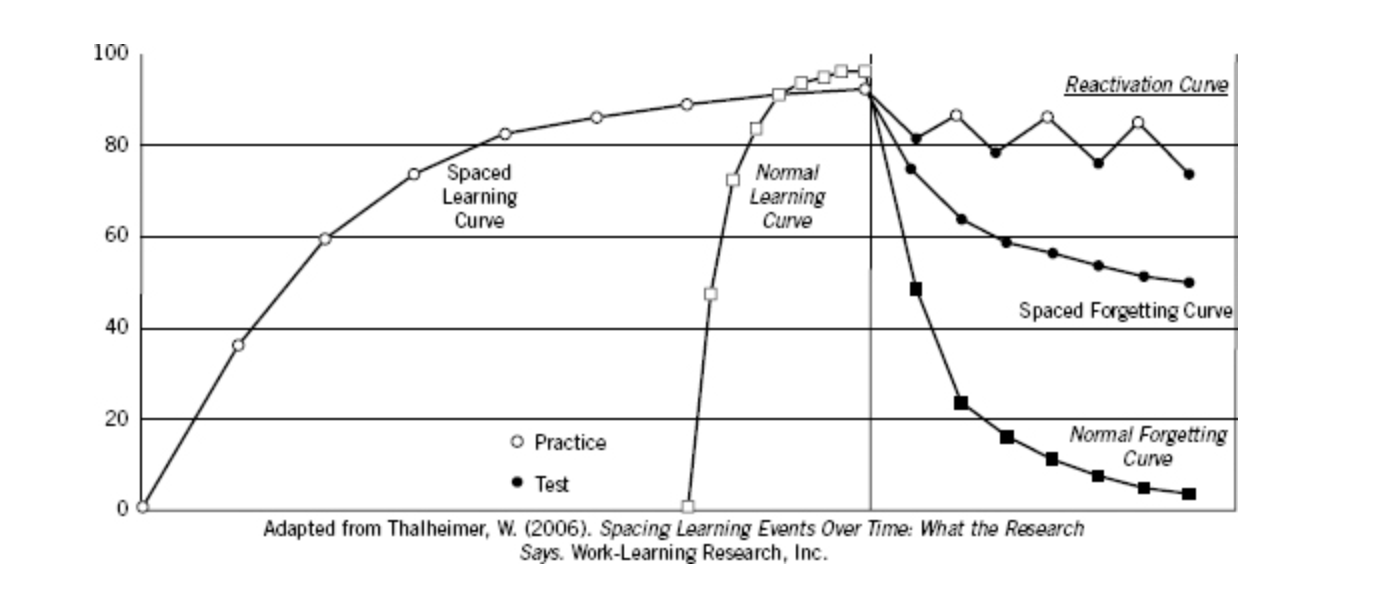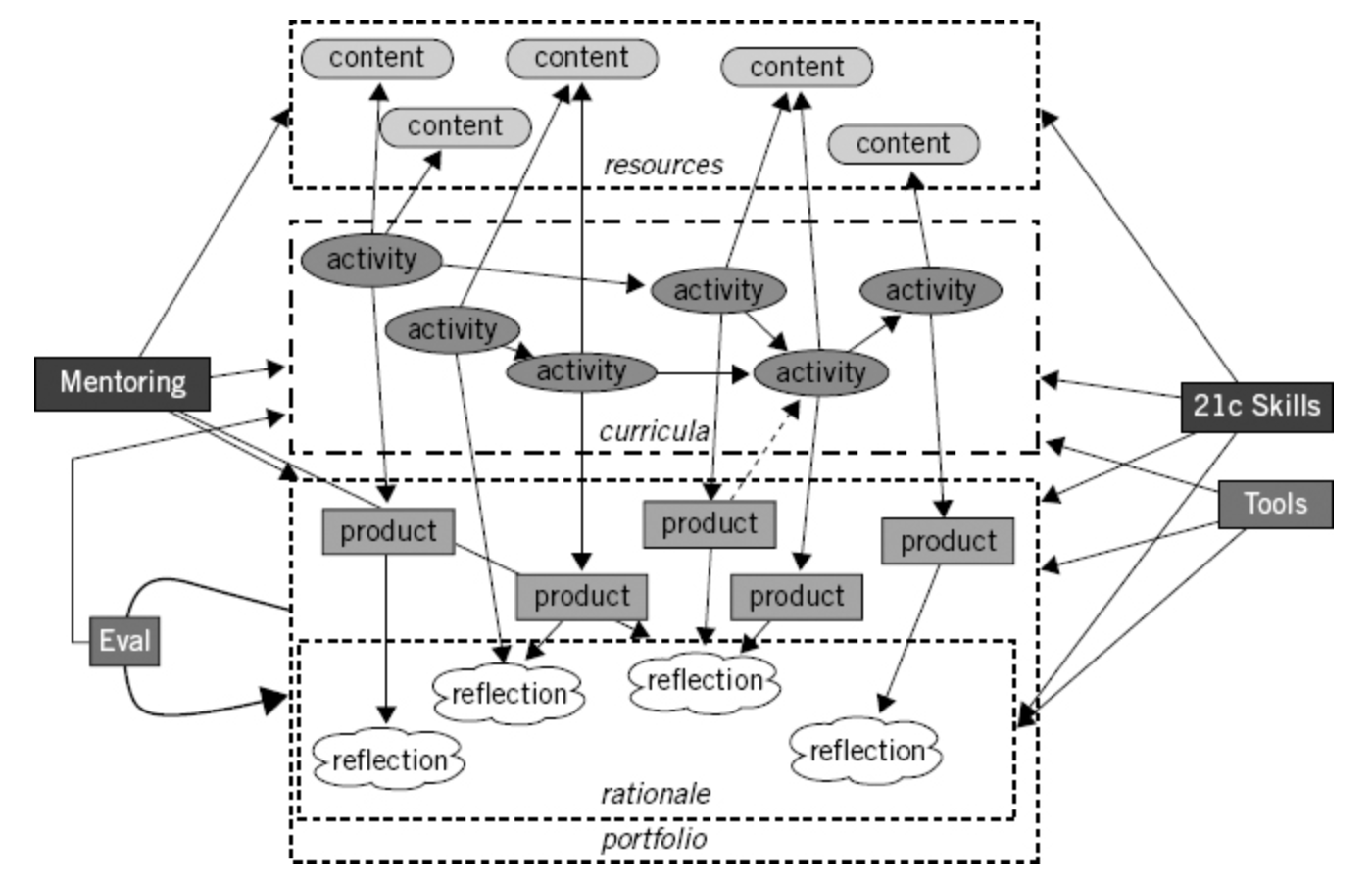Our brains on learning
To create expertise, we need practice. And the practice must be meaningful, tightly coupled, and with sufficient quantity to develop confidence.
 Playing piano (source: Skitterphoto via Pixabay)
Playing piano (source: Skitterphoto via Pixabay)
We need to recognize that the development of learners from novices to experts isn’t a continual slope and that learners need different support at different times. Initially, as a novice, learners don’t know what they need to know, nor why it’s important. Once they’re doing the task, they start knowing what they need and why and are looking for resources, such as small bits of information or “how to” tools such as videos, checklists, and the like, to do the job, as well as coaching and mentoring to develop their skills.
The fact is that our learning isn’t likely to come by chance, certainly not efficiently, nor from information. One must do to learn to do. The compilation of knowledge to action occurs through repeated application of concept to context, that is, practice.
Learning is a process of practice and reflection, and instruction is designed practice and guided reflection. This doesn’t, and fundamentally cannot, come from knowledge dump and knowledge test. In cognitive science, we call this “inert knowledge.” You’ll pass a test on it, but when it’s relevant in the workplace, it won’t even be activated!
We need to look at the details of what research informs us about meaningful practice, creating an evidence-based learning. Various compilations have emerged. Bransford, Brown, and Cocking (2000) summarized How People Learn, and subsequently Koedinger, Corbett, and Perfetti (2012) summarized the latest cognitive research for instruction. While research is ongoing, a rich picture of the elements that lead to successful learning emerges.
What’s needed is deep and meaningful practice. Research on experts shows that, as we continue to develop, our ability moves from explicit to tacit, effectively being compiled below our conscious accessibility. To create expertise, we need practice. Practice has to be meaningful, tightly coupled, and with sufficient quantity to develop not just capability, but also confidence. Let’s unpack these elements.
In 2005, I wrote Engaging Learning (Quinn, 2005), a book on how to design deep and meaningful practice. In it, I made the case for practice, in either real or fantastic settings, that embedded the decisions learners had to be able to make. The underlying principle was a perfect alignment between the elements that make effective practice and the elements that lead to an engaging experience. In fact, it is really about creating simulation games that provide deep practice: contextualized and variable performance with adaptability and replayability. I included the steps to reliably design such practice, as otherwise it’s an unfulfilled promise and not a viable proposition.
Our learning has to be challenging. There’s what Vygotsky (1978) termed the Zone of Proximal Development, which captures the concept of learning in a space of practice beyond your current capability, but not so far beyond your ability that you can’t succeed. Too easy and learners are bored; too hard and they’re frustrated. Striking this balance leads to optimal learning. The end result is the ability to make the claim “learning can, and should, be hard fun.”
Practice also needs to be spaced (see Figure 1). As should be clear, sufficient practice to compile knowledge that is available “on tap” suggests considerable practice. However, it’s also the case that this practice generally cannot occur from a single event. The way learning works is by strengthening associations, and there is only so much association strengthening that can happen in the brain in one day before sleep is needed to replenish the system. A steady dose of practice over a sustained period is the prescription.
We also need to recognize that learning is not a purely cognitive exercise. Cognitive science breaks thinking up into three components: the cognitive we are familiar with; affective, or who we are in terms of our psychological makeup; and “conative,” or our intention to learn. At least two factors have an influence here, motivation to learn and anxiety about the learning experience. The former facilitates learning, and the latter can interfere. A small amount of anxiety may actually facilitate learning, but too much can hinder outcomes.

Finally, we should recognize that, just as meta-cognition is valuable, so too is meta-learning, or learning to learn (Cross & Quinn, 2002). Individuals can be more or less efficient at learning. A number of meta-learning elements play a role. The learners’ epistemological stance (beliefs about learning) can affect the mesh between their approach and the intended approach. Similarly, learners can have beliefs about what processes facilitate or interfere with learning. Self-learning skills should not be assumed and can be developed. It may well be that the best investment to make in learning is facilitating self-learning skills! For example, the competencies associated with the Secretary’s Commission on Achieving Necessary Skills (SCANS; 1991) provide a rich suite of abilities to succeed, including how to critically think, research, communicate, and more.
Overall, we need to shift our focus from a learning event to a focus on a learning experience. We need to shift to thinking about what learners do, in context, their emotional states, the resources available to them, and the trajectory they take from initiate to performer. As one way to reshape thinking, I have discussed an activity-based learning model (see Figure 2), one that considers a curriculum to be not a collection of knowledge but instead a series of activities.
The perspective here is to think of activities the learner performs that build skills, with content available as resources to support that performance. The activities can be individual or group, and embedded, with one activity feeding into another (e.g., a design project that has an initial description to be reviewed, followed by actually developing the proposed design). The outputs of the performances are tangible, whether documents, performances, or objects. Associated with these outcomes are rationales, describing the thinking that led to the product. This structure naturally embeds 21st Century skills and the use of tools. A learner’s actions and artifacts provide the basis for evaluation and mentoring.

The products and rationales provide a basis for feedback, whether from fellow participants or from a facilitator (typically, an instructor). Ultimately, the choices of tasks and products become the learner’s responsibility, scaffolding them to a self-learning capability.
Note that this is when we really do need to learn, but what you should have inferred from the above section on how we perform is that learning isn’t the only path to performance. We can often use resources instead of learning by putting the information “in the world.” Given that we are not good at remembering rote information, we should not try to cram it into people’s heads (except in rare instances when performers both need the information “to hand” and there are no resources to provide, such as when pilots’ hands, eyes, and ears are busy in an emergency).
Moreover, if the performers are going to be using resources in the performance experience, they should be using the same resources in the learning experience.
